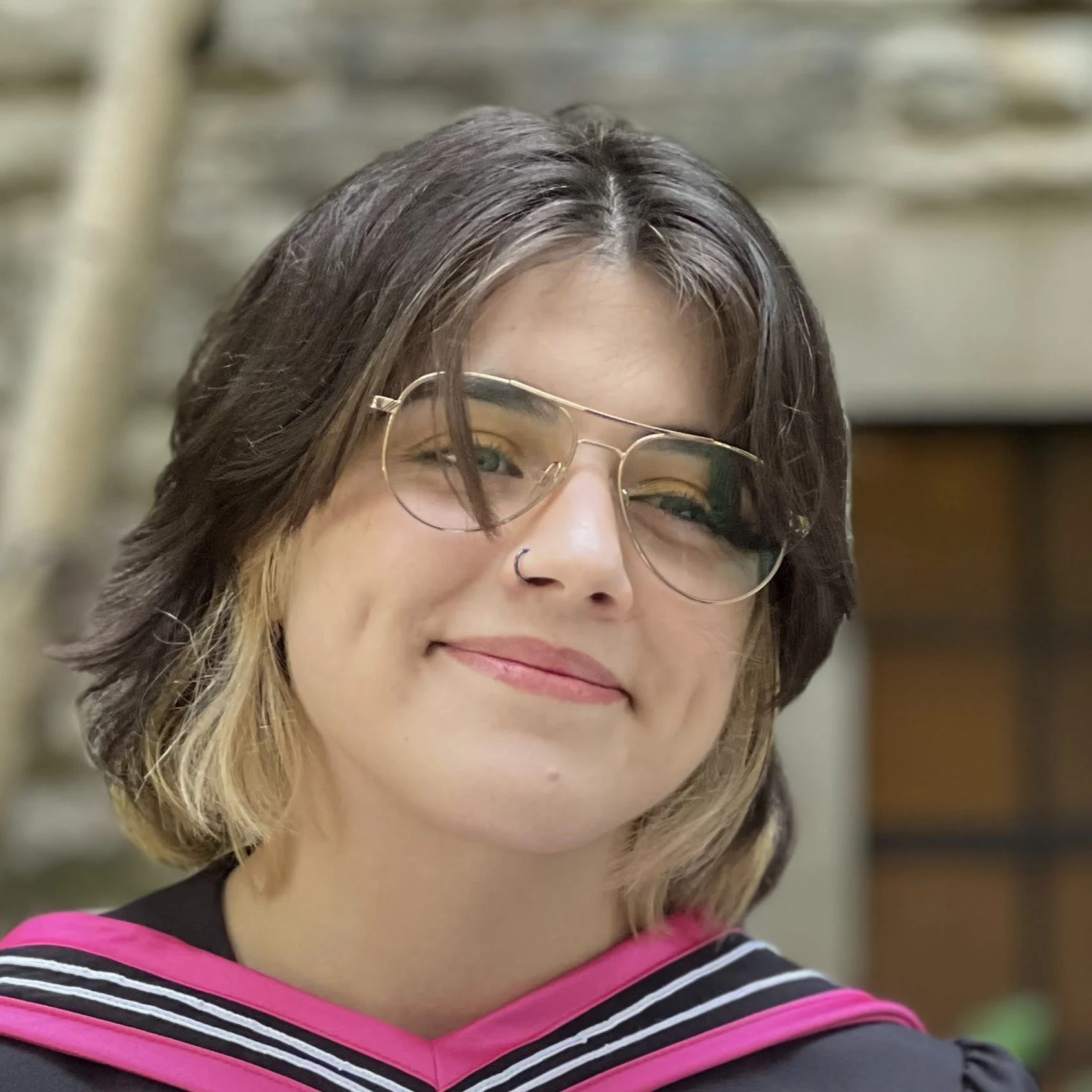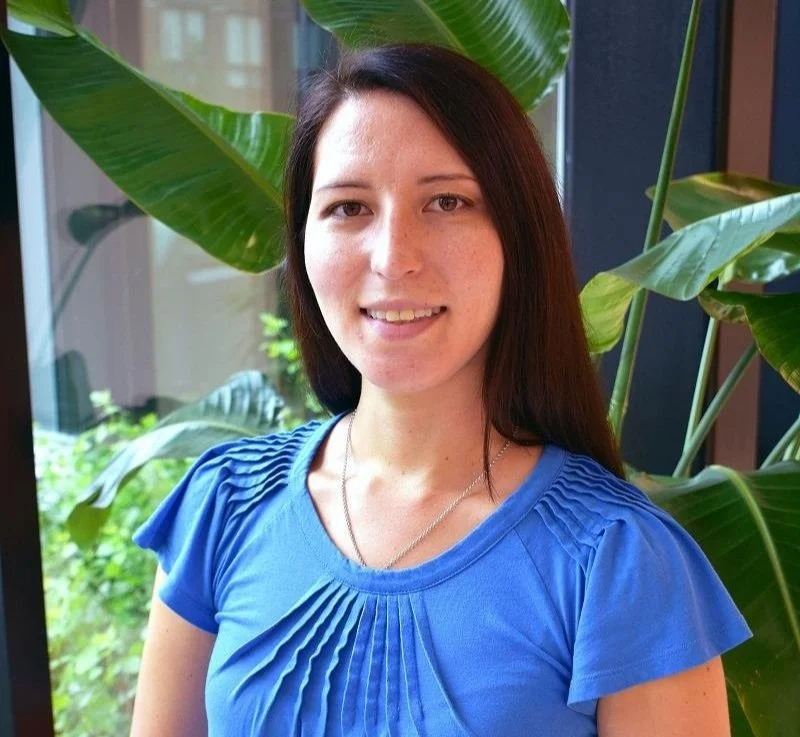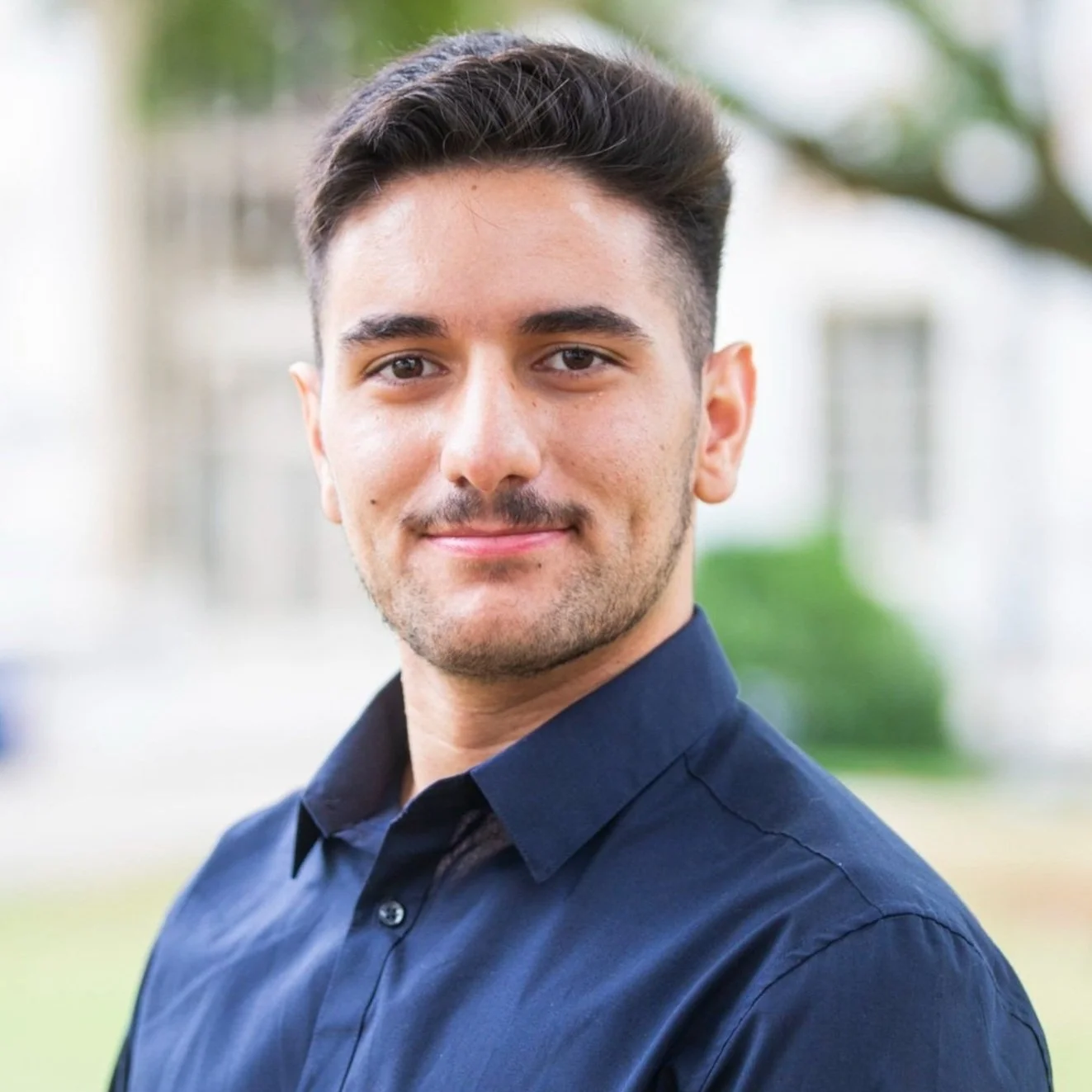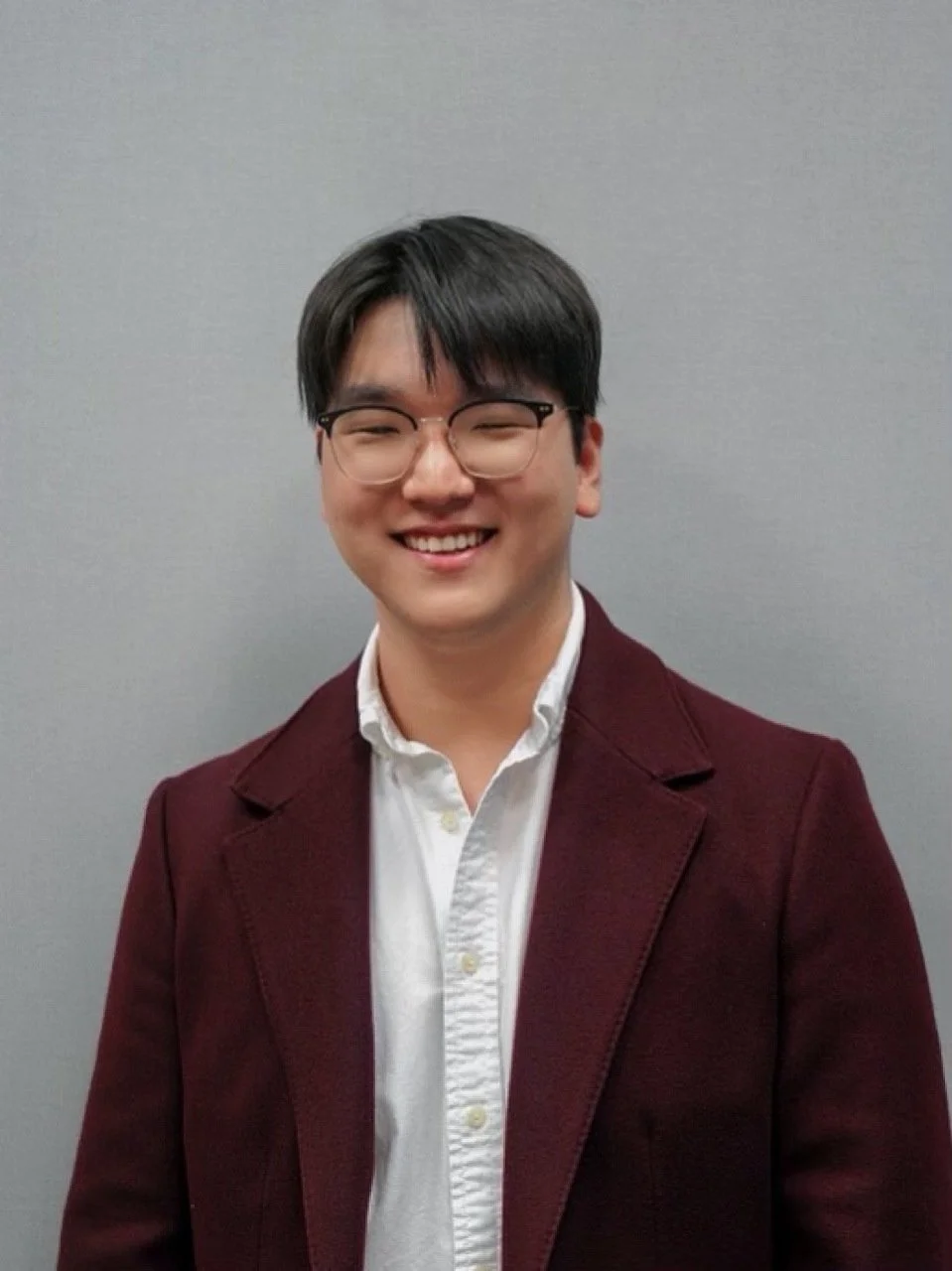
Our Team
Principal Investigator
Birey lab
Winter 2025
Principal Investigator
Departments of Human Genetics
Department of Pediatrics
Fikri Birey, Ph.D.
Staff
Fikri was born in Nicosia, Cyprus. As a Fulbright Scholar, he received his BS in Biology with Honors from University of Kansas in 2008 and his PhD in Genetics from Stony Brook University in 2014 on neuroglial interactions in stress-related disorders. He completed his postdoctoral training at Stanford University in 2021 in the laboratory of Sergiu Pasca, where he developed the forebrain assembloid platform and applied it to understand how neurodevelopmental disorders emerge during human cortical development.
Juliette competed thier BS in Forensic Science & Chemistry and MS in Pharmacology & Toxicology and joined us the joint lab manager of Birey and Andersen labs. Juliette’s thesis work focused on the effect on antipyschotics on restoring the molecular deficits in Fragile X Syndrome.
Lab manager
juliette.belanger-bienvenue@emory.edu
Juilette Bélanger-Bienvenue, M.S.
Postdoctoral fellows
Carol Eisenberg, Ph.D.
Postdoctoral fellow
carol.lee.eisenberg@emory.edu
Carol completed her PhD in Biology at Rutgers University where she studied the role of the cell surface receptor Neuropilin-2 in cortical neuron development, morphogenesis, and mouse behavior. Prior to graduate school, she earned a BA in economics from the University of Wisconsin, Madison and a MBA from George Washington University. She is interested in the molecular and cellular mechanisms involved in autism and epilepsy.
Staff Scientist
kaori.graybeal@emory.edu
Kaori Graybeal, M.S.
Graduate Students
Kaori completed her BS at Washinghton State University and her MS at Tufts University, both in Biomedical Engineering. In 2017, Kaori joined Editas Medicine and served as an Associate Scientist on several CRISPR gene editing projects and hiPSC modeling until she joined our lab in 2023. In our lab, Kaori applies her experience in CRISPR, bioenginering and drug discovery to develop and implement next-generation molecular biology tools.
Graduate student, Neuroscience Graduate Program (Woodruff Fellow)
arvin.sarkissian@emory.edu
Arvin Sarkissian
Arvin majored in Cognitive Neuroscience and Biology at Washington University in St. Louis, where he researched inter-individual variability in human brain organization using fMRI. He is interested in combining computational methods with techniques for reading (calcium imaging, electrophysiology) and writing (optogenetics, pharmacology) neural activity to better understand the role of calcium channels in disease.
Graduate student, Neuroscience Graduate Program
roy.simamora@emory.edu
Roy Simamora
Roy completed his Bachelor of Science degree at Haverford College, where he majored in Biology and Psychology. During his undergrad, he studied the roles of genetic perturbations in behaviors associated with ASD, as well as the impact of peripartum hormones on postpartum depression. He is passionate about using molecular techniques to investigate the connections between genetic predispositions and neurodevelopmental disorders.
Graduate student, Neuroscience Graduate Program
gianna.vitelli@emory.edu
Gianna Vitelli
Gianna majored in Cellular and Molecular Neuroscience at Temple University, where she researched the molecular mechanisms behind Axon Initial Segment plasticity. She completed her postbaccalaureate fellowship at Max Planck Florida Institute for Neuroscience, where she studied the locomotion circuits underlying in Drosophila . She is interested in applying machine learning techniques to investigate human cellular development.
Graduate student, Neuroscience Graduate Program
nisan.sele@emory.edu
Nisan Sele
Nisan received her Bachelor of Arts in Neuroscience from Amherst College in 2021. During her postbaccelaurate years, she researched the mechanisms behind dendritic spine maturation and actin cytoskeleton reorganization in hippocampal neurons. She is interested in investigating activity-dependent aspects of human cortical circuit development combining cellular and molecular readouts of neuronal function.
Graduate student, Neuroscience Graduate Program
lauren.gao@emory.edu
Yuhao (Lauren) Gao
Lauren received her Bachelor of Science degree in Neuroscience and Behavioral Biology from Emory University. During her undergrad, she studied the role of microglia activation in neuroinflammation post ischemic stroke. She is interested in modeling Alzheimer’s Disease (AD) using human cellular models to better understand the cellular and molecular underpinnings of selective vulnerability in AD pathophysiology.
Undergraduate Students
Tanisha Chanda
Undergraduate Researcher, Georgia Tech
tchanda3@gatech.edu
Tanisha is a pre-med track undergraduate majoring in Neuroscience. She is interested in interdisciplinary research focusing on health disparities, genetic dispositions and pediatric neurodevelopmental disoders.
Junsung Nam
Junsung is a pre-med tack undergraduate majoring in Biology. He is interested in developing the next generation of in vitro models through bioengineering and synthetic biological approaches.
Undergraduate Researcher, Emory University
junsung.nam@emory.edu
Undergraduate Researcher, Emory University
brandon.lee3@emory.edu
Brandon Lee
Brandon is a pre-med track undergraduate double majoring in Biology and Music. He is interested in studying human diseases and disorders via cutting edge biological techniques and technologies.
Undergraduate Researcher, Emory University
angela.choi@emory.edu
Angela Choi
Angela is an undergraduate nursing student at Emory University with a strong interest in pediatric neurodevelopmental diseases. She is particularly interested in using molecular and cellular genetic tools to explore the mechanisms that influence neurodevelopment.
Former members
Undergraduate Researcher, Emory University
anya.qin@emory.edu
Anya Qin
Anya is a pre-med undergraduate student at Emory University with an interest in the intersection between gene expression and cell development. She is particularly interested in using hiPSC-derived assembloids and molecular genetic tools to investigate how gene variants impact neurodevelopment and disease progression.
Suhaas Reddy Bonkur: Undergraduate researcher, Fall 2022
Samme Xie: Undergraduate researcher, Spring 2023
Poppy Willis: Undergraduate researcher, Fall 2023
William Liu: Undergraduate researcher, Spring-Summer 2024
Maddie-Heathon Ward: Placement student, University of Bath, 2023-2024
Simren Kochar: 2023-2025
Find the members of the Brain Organoid Hub here.
What is the Brain Organoid Hub?














